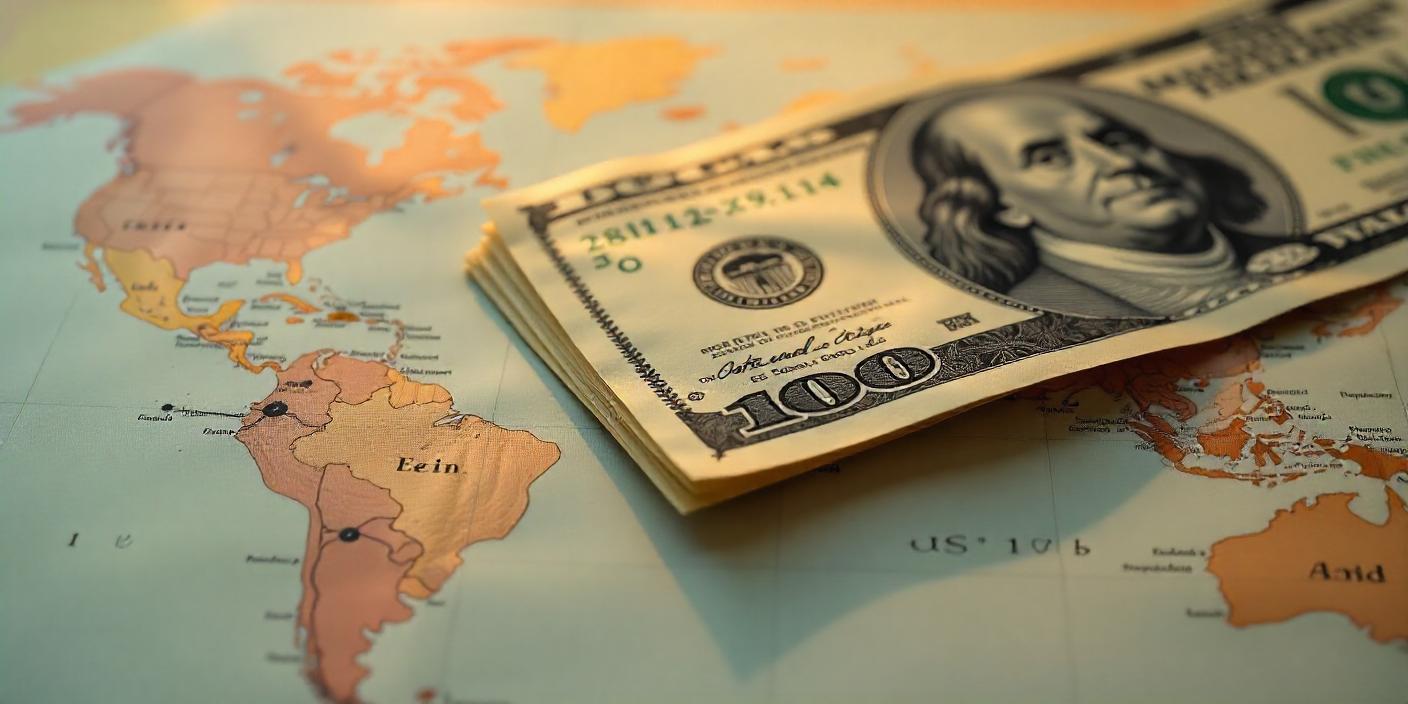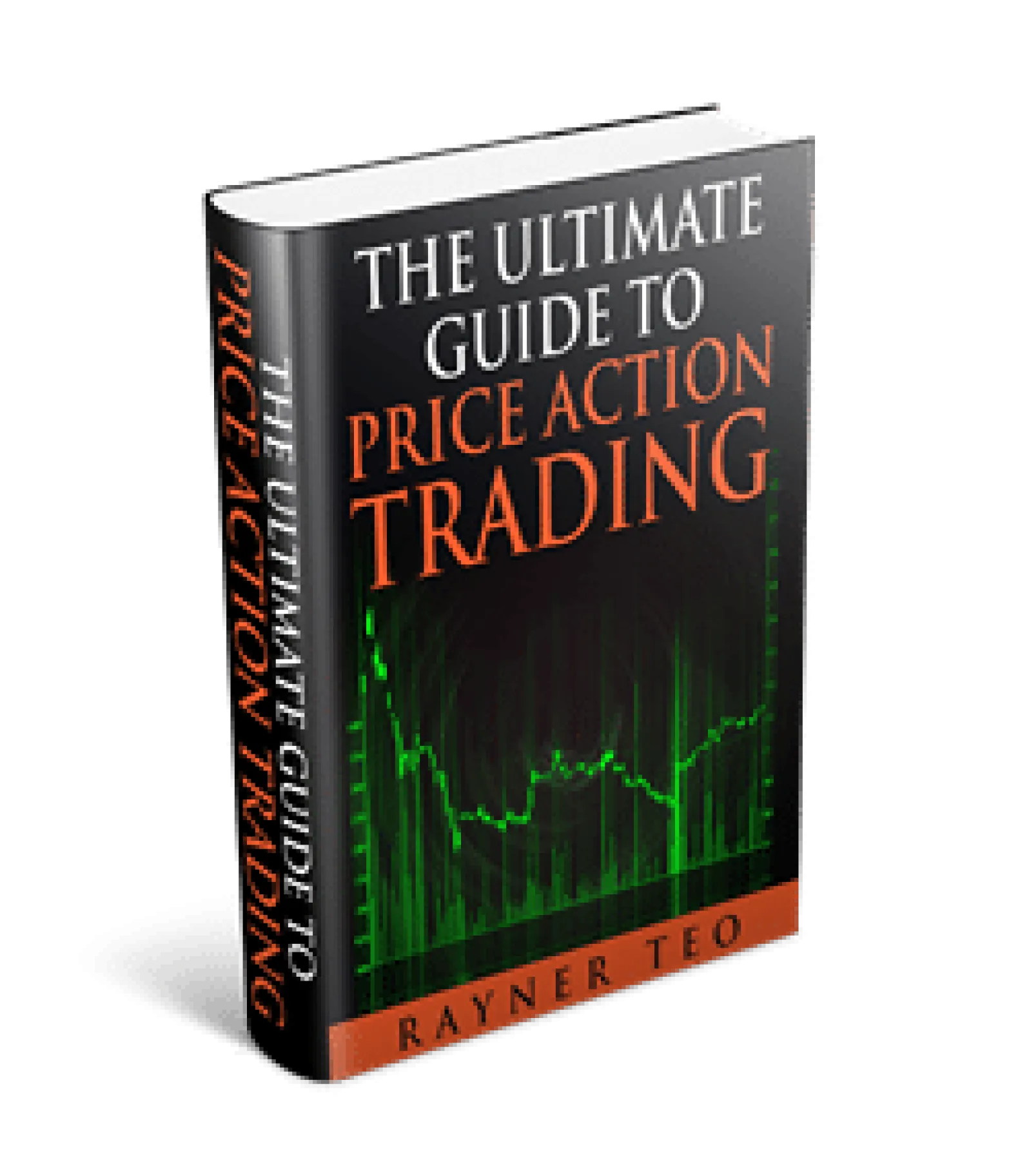Residents walk through streets of rubble in the Al-Zawaida area of the Gaza Strip on November 1. (Saeed Jaras/Middle East Images/AFP/Getty Images via CNN Newsource) Residents walk through | streets of rubble in the Al-Zawaida area of the Gaza Strip on November 1. (Saeed Jaras/Middle East
Images/AFP/Getty Images via CNN Newsource)
In the Middle East, the path to a Gaza ceasefire faces a major setback as Qatar withdraws from mediation efforts between Israel and Hamas. The Gulf state cites a “lack of faith” between the two warring sides and says it will resume efforts only if both parties demonstrate seriousness. Qatar states both sides lack “sincere willingness” to reach a deal.
The continued failure, as discussed by Secretary Blinken, stems from attempts to bridge gaps created by Hamas introducing new conditions beyond prior agreements. Both sides blame each other for the truce impasse.
If the West Asian conflict continues to intensify, oil prices are expected to surge. However, under Trump’s administration, can we be certain about where oil prices will go?
Trump’s “Drill, Baby, Drill” initiative aims to push prices down by increasing U.S. drilling projects. Additionally, China’s lowered demand, heightened by anticipated trade penalties, further impacts oil prices. However, some analysts, including OPEC representatives, remain bullish.
OPEC officials argue that pessimism regarding oil prices is somewhat overstated, with demand figures not aligning with the perceived outlook.
“Well, for OPEC, we have demand growth this year at 1.9 million barrels a day,” OPEC Secretary-General Haitham Al Ghais told CNBC’s Dan Murphy at the Adipec energy conference in Abu Dhabi. “Now, some people might say this is on the high side, but other independent analysts and researchers report similar levels,” he said. “We’re still quite robust on demand.”
He also notes that oil prices don’t solely reflect current events, suggesting that demand indicators may drive future growth.
“I think there’s too much doom and gloom in the demand outlook by some corners of the market,” Al Ghais said, adding that OPEC’s numbers align with many other independent assessments.
Why then does the price remain low? Several factors are at play, including expectations following Trump’s election, an anticipated oil surplus in 2025, China’s reduced demand, and the impact of tariffs—all contributing to bearish oil prices, with the exception of increased risks regarding Iran’s oil facilities.
“This is not the first time we delayed an increase, which is supposed to be phased in gradually. This is just a continuation of our policy to be attentive to the market,” Al Ghais said, adding that more will be discussed at the next ministerial meeting on Dec. 1.
“This approach has been standard for OPEC+ since our agreement,” he added.
With both sides presenting valid but opposing perspectives, we must wait to see how China responds to Trump’s tariffs, the outcome of the Israel-Iran conflict, and whether Trump’s drilling initiative will produce a surplus as expected. Some economists argue that an increased workforce may not necessarily raise output beyond current levels.
By: Tim Figueroa, Market Analyst









